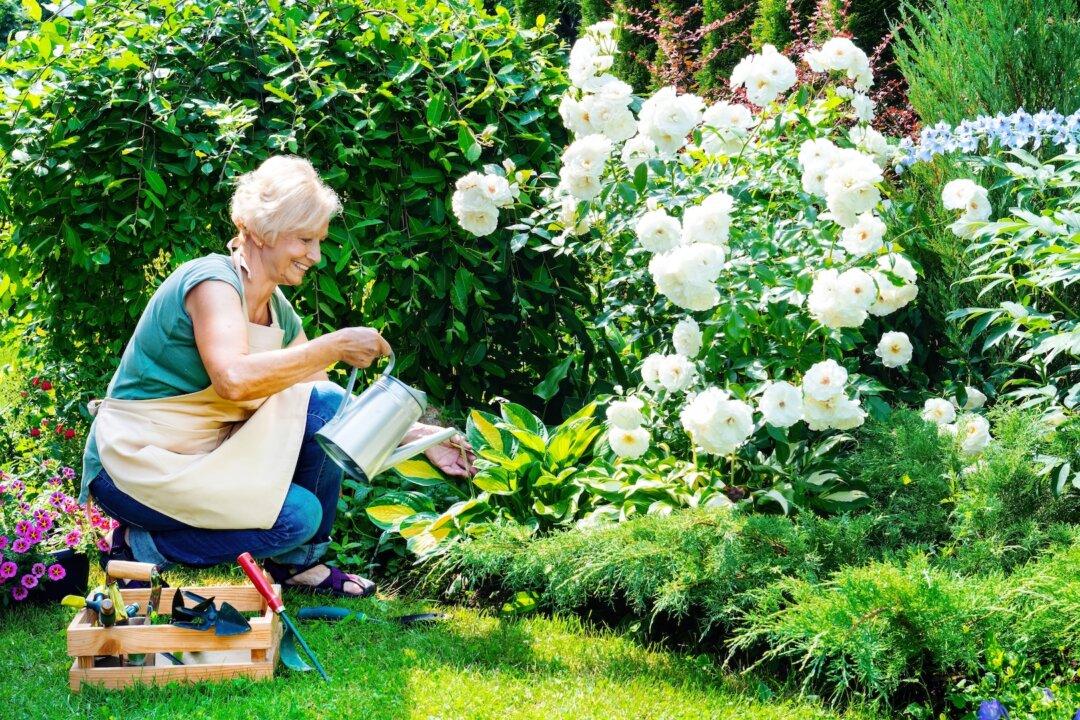If you have ever seen a hydroponic gardening system, especially a DIY project to build your own hydroponic system, you probably saw a lot of pipes and pumps. If you are not a plumber, you were probably not impressed. These systems tend to be ugly and only meant to be used in the garage or backyard where they are out of sight. But gardens of plants are supposed to be pretty and visible. Sure, there are some hydroponic gardens for sale that look nice, but they tend to be expensive and are not intended for the do-it-yourselfer.
Until now that is, because “Home Hydroponics” by Tyler Baras from Cool Springs Press changes the look of DIY hydroponic gardens. This book not only fully covers the how-to of growing vegetables and flowering plants hydroponically, but it also has easy to follow instructions on how to build 14 projects that will easily fit into any home decor.
Each project is ranked by its difficulty to build and operate, the maintenance requirements, price, yield, and crop options. For instance, the lift-top coffee table may be a bit difficult and expensive to build, but it is easier to operate and maintain than suction-cup planters on a window.
There are many benefits to hydroponic gardening. If you know a gardener and a person handy with carpentry, this is a good book to get.
Many people started gardening or growing houseplants in the past couple of years. It is often difficult for people living in cold climates to know what to do with tropical plants. We grow them outdoors in the summer and try to overwinter them indoors, but they can be hard to grow. So, how do you know which plants to keep and which ones to throw out? Marianne Willburn has created a guidebook that will help.
She divides tropical plants into easy-to-understand relationships. The summer romance plants are easy to fall in love with, but we kiss them goodbye at the end of summer. The long-term commitment plants go outside in the summer and then continue indoors over the winter. The best-friend plants are reliable and easy to grow. The high-maintenance partner plants are irresistible but challenging. The friends-with-benefits plants are edible or medicinal.
Marianne’s book “Tropical Plants and How to Love Them” is for northern gardeners, new gardeners who want to know more about tropical plants, and gardeners who want to use houseplants more creatively outdoors.
Raise your hand if you don’t like bugs. Now, raise your hand if you do like bugs. Jessica Walliser’s new book “Attracting Beneficial Bugs to Your Garden” will try to move you from the not-liking-bugs category to liking them.
Bugs fit into three categories: pests, benign, and beneficial. Only about 1 percent of insects fit into the pest category, so most bugs can just be left alone. Or we can even plant our gardens to attract more of the good insects that control the bad ones.
The world of insects is complex. Jessica interviews entomologists from across the United States to learn about research on invasive exotic pests, lost ladybugs, and beetle banks. This is a great book for gardeners who want to learn more about the ecosystem that inhabits their garden.






